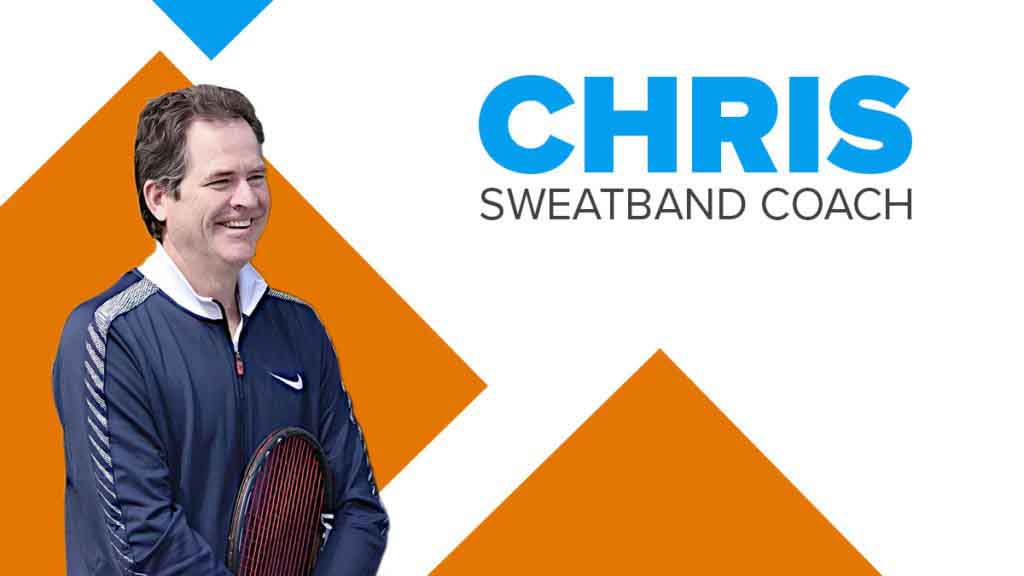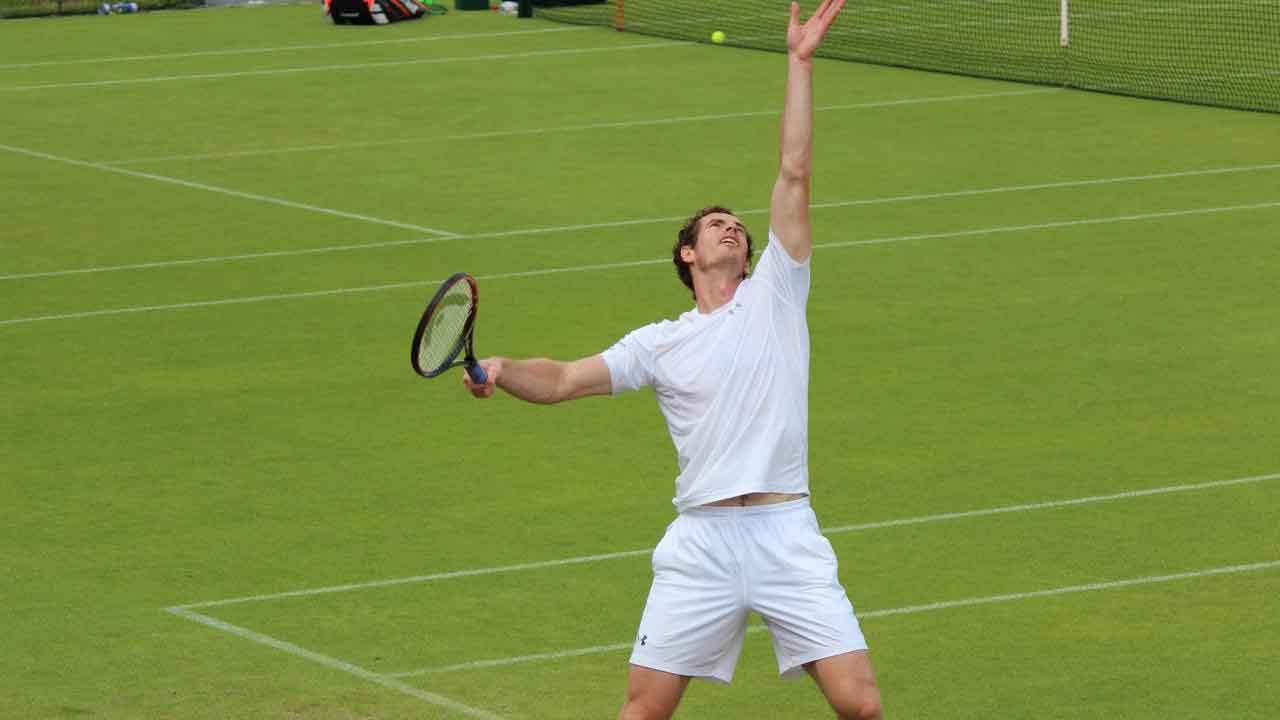
Having commentated on the ATP Marseille event last week and seeing that the serve was dominating throughout it got me thinking as to what makes a good serve and what are the key issues when it goes wrong.
In my opinion these are the real issues with the serve:
1. Ball Toss
This is the most important and common problem amongst players at all levels, it is really important to be able to put the ball toss in the correct place even the pros have to abort the serve if the ball is in the wrong position.
If you can put the ball in the correct place it will enable you to be able to hit a flat, slice and topspin serve.
2. Flat serve
A lot of Pro players are able to hit all serves from the same ball toss but us Normal players generally for a flat serve you will need to throw the ball slightly in front of you so that you can lean forward as you are hitting the ball for more power and land inside the baseline.
3. Slice
For the slice you should toss the ball slightly to your right (if you are a right-hander) and contact the ball at 2/3 o’clock. Imagine the ball as a clock face. By contacting the ball at 2/3 o’clock you are effectively slicing the ball and generating side spin.
4. Topspin
For topspin you should toss the ball above your head and slightly to your left. You should aim to strike the ball at 7 o’clock. By doing this, you will be brushing up the back of the ball, giving it topspin for that almighty kick.
As players get better it is important to be able to hit all serves as it will keep the returner guessing and give you more options.
An easy way to practice the toss is to put markers around you as to where Ideally you would like the ball to land and just simply practice throwing the ball up and letting it drop hopefully onto the target, this can be done anywhere including in your living room!
5. Rhythm and timing
Once the ball toss is in the correct place the next key component is to have good rhythm and timing with the take back of the racket and legs all working in sync.
On the take back it is important to coordinate the arm smoothly into a good throwing position with the elbow up.
Another good tip to coordinate all of this together is to simply practice throwing a ball.
Now that the ball toss and take back is completed the next key part is to really spring and reach up and hit the ball as high as possible.
There is nothing worse than hitting double faults and giving free points to your opponents so practice is so important and the advantage with serving is that you do not need anyone else to hit with, so grab a bucket of balls and get out and hit a load of serves.
Some interesting serving facts:
- John Isner has the most aces in a tournament with 214 during the 2018 Wimbledon, and he has the most in a single match with 113 during his 11 hour encounter with Nicolas Mahut in 2010.
- Alexander Zverev has served the most double faults in Grand Slam matches in 2019 with 131 double faults in the 10 Grand Slam singles matches he’s played.
- Australian Sam Groth recorded the fastest serve speed of 263 km/h (163.4 mph) at an ATP Challenger event in Busan, South Korea in May 2012, was measured using ATP-approved equipment and other data gathered appeared within a normal range. However the ATP does not formally recognise serve speed at Challenger Level, therefore John Isner holds the ATP’s official record for the fastest serve at 253 km/h (157.2 mph).<5>
- Maximum Consecutive Aces Hit in a Contest: Sam Querrey hit 10 aces on the trot in his triumph over the former World No. 4 James Blake at the Indianapolis Tennis Championships in July 2007
- Most double Faults in a match goes to Anna Kournikova who hit 31in a clash against Miho Saeki.

